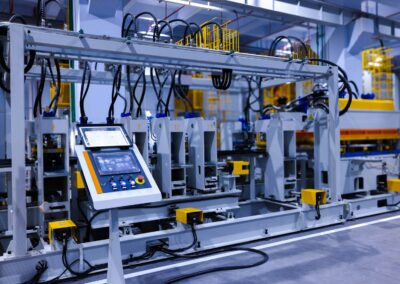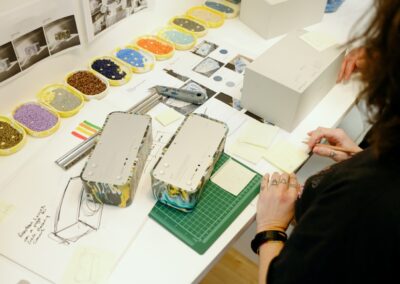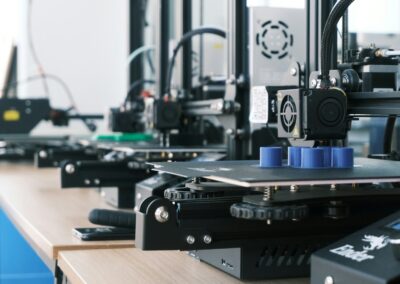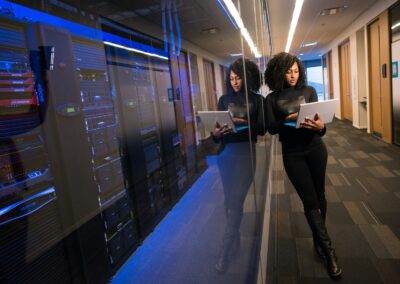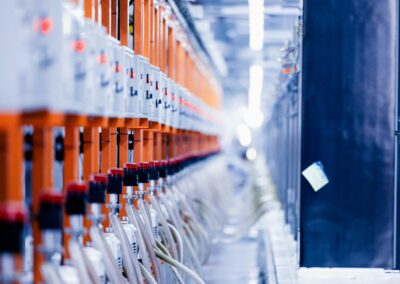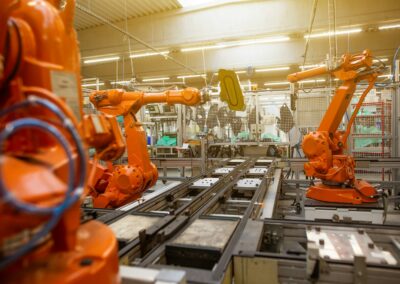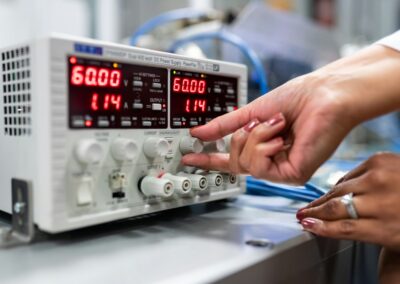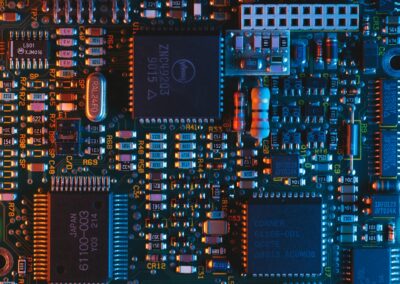Enhancing Manufacturing Efficiency with Digital Twin Technology
Understanding Digital Twins and Their Role in Manufacturing
Digital twins have emerged as a transformative technology in the manufacturing sector, particularly for performing what-if analyses and assessing the impact of changes in production parameters. A digital twin is a virtual replica of a physical system or process, which provides real-time insights and simulations. By creating a comprehensive digital model of manufacturing processes, companies can experiment with various scenarios and analyze potential outcomes without affecting actual production.
In the context of manufacturing, digital twins enable businesses to simulate different production scenarios and evaluate the potential impact of modifications in real-time. This capability is crucial for optimizing production efficiency, reducing downtime, and improving overall product quality. For executives and mid-level managers in Saudi Arabia and the UAE, implementing digital twin technology can lead to significant enhancements in operational efficiency and decision-making processes. The ability to virtually test and validate changes before applying them in a live environment helps in minimizing risks and maximizing productivity.
Additionally, digital twins facilitate a deeper understanding of complex manufacturing systems. By analyzing data from the virtual model, manufacturers can identify inefficiencies, predict equipment failures, and optimize processes. This proactive approach ensures that any adjustments made are based on accurate predictions and comprehensive analysis, aligning with the growing emphasis on technological innovation and operational excellence in these regions.
Performing What-If Analyses with Digital Twins
The application of digital twins for what-if analyses offers manufacturers the ability to explore various scenarios and assess the impact of different production parameters. This process involves creating simulations of potential changes and evaluating their effects on production outcomes. For instance, a manufacturer can test the impact of altering machine settings, changing raw materials, or introducing new workflows without disrupting actual production.
In regions such as Saudi Arabia and the UAE, where industrial growth and technological advancements are accelerating, digital twins provide a competitive edge by enabling more informed decision-making. Manufacturers can experiment with different strategies and innovations in a risk-free virtual environment, allowing them to refine processes and enhance efficiency before implementing changes in the real world. This capability is particularly valuable for complex manufacturing systems where multiple variables interact, and the potential for unintended consequences is high.
Moreover, digital twins support continuous improvement by providing insights into how different variables influence production outcomes. This iterative approach to process optimization ensures that manufacturers can adapt to changing conditions and maintain high standards of quality and efficiency. As businesses in Riyadh and Dubai embrace digital transformation, leveraging digital twins for what-if analyses will be essential for staying ahead in a competitive market and achieving long-term success.
Strategic Implementation and Benefits of Digital Twins
Successfully integrating digital twins into manufacturing operations requires a strategic approach that aligns with organizational goals and production needs. Key considerations include selecting the appropriate digital twin platform, integrating it with existing systems, and ensuring data accuracy. Additionally, training staff to effectively use digital twins and interpret simulation results is crucial for maximizing the technology’s benefits.
For business leaders in Saudi Arabia and the UAE, adopting digital twin technology can drive significant improvements in manufacturing processes. The ability to perform what-if analyses and assess the impact of production parameter changes allows companies to optimize operations, reduce costs, and enhance product quality. Digital twins also contribute to a culture of innovation by providing a platform for experimentation and continuous improvement, aligning with the growing emphasis on technological advancements in these regions.
Furthermore, digital twins support strategic planning and decision-making by providing valuable insights into potential outcomes and risks. This data-driven approach ensures that manufacturers can make informed choices and implement effective strategies for growth and success. As digital twin technology continues to evolve, businesses that embrace it will be well-positioned to lead in the rapidly changing manufacturing landscape.
Conclusion
Digital twins offer a powerful platform for performing what-if analyses in manufacturing, enabling businesses to assess the impact of changes in production parameters and optimize their operations. By creating virtual replicas of manufacturing systems, companies can experiment with different scenarios, reduce risks, and enhance efficiency. For executives and managers in Saudi Arabia and the UAE, leveraging digital twin technology provides a competitive edge and supports informed decision-making. As digital twins become increasingly integral to manufacturing, their role in driving innovation and operational excellence will continue to grow, ensuring long-term success in a dynamic industry.
—
#DigitalTwinsManufacturing #WhatIfAnalyses #DigitalTwinsProduction #ManufacturingOptimization #DigitalTwinTechnology #SaudiArabiaManufacturing #UAETechnology #RiyadhDigitalTwins #DubaiProductionInnovation




